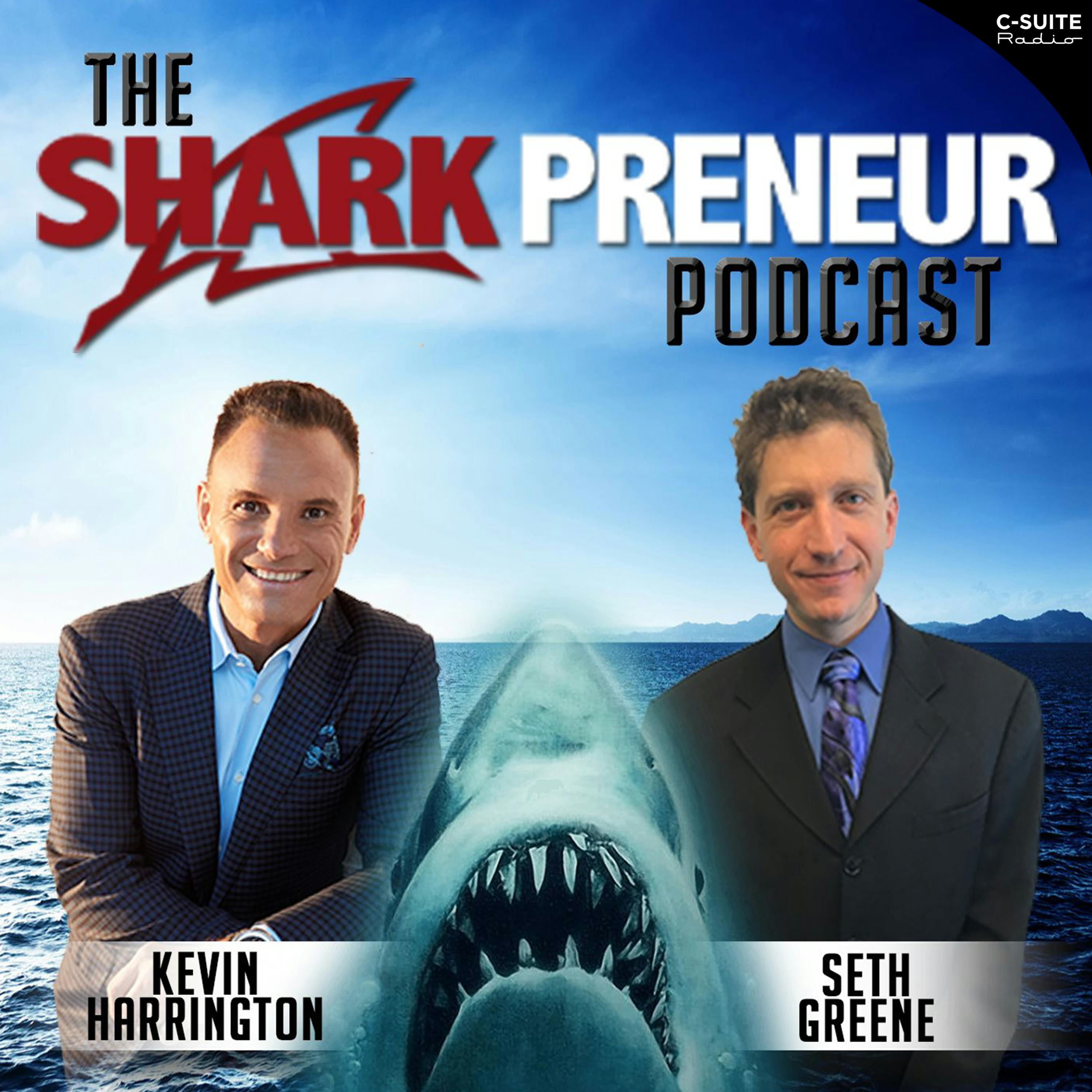BITCOIN SEASON 2: Can Bitcoin Go Negative? How Bitcoin Futures Contracts Work
How Bitcoin futures work: physically delivered and cash-settled explained
This episode unpacks how bitcoin futures function, contrasting physically delivered bitcoin futures with cash-settled contracts, and explains why delivery model matters for exchanges, miners, and institutional users. Listeners learn how a clearinghouse, margin rules, and a settlement facility make physical delivery operationally feasible and why exchanges like Bitnomial emphasize real coin delivery.
Physically delivered bitcoin futures and settlement facility details
Physically delivered futures obligate counterparties to exchange bitcoin and dollars at expiry. The host and guest describe a settlement facility model where bitcoin is sent into a centralized pot, then distributed to buyers at contract expiry. This mirrors oil or gold models but suits bitcoin's zero storage cost and digital transfer characteristics.
Cash-settled vs physical delivery: margin and collateral considerations
Cash-settled futures reference an external index and settle the difference in dollars. The episode explains margin requirements, margin calls, and why physical delivery can be more capital efficient for market participants who actually want bitcoin instead of a cash payout.
Designing bitcoin fork futures markets: contract engineering for blockchain splits
The conversation explores how a futures contract for a chain split must precisely define the deliverable, include exact node or client details, and possibly delay delivery until the fork stabilizes. The episode highlights replay risk, miner incentives, and the potential for futures to reveal market preferences during contentious forks.
Market governance, incentives, and the ethics of trading forks
Guests debate whether futures markets should signal governance outcomes, and how monetary incentives could influence developers, miners, or node operators. They weigh the pros and cons of using markets as a governance mechanism versus traditional deliberative processes.
Preparing for quantum risk: practical contingency and upgrade options
Quantum computing is discussed as a precautionary risk. The episode recommends having upgrade paths, protocols for emergency transitions, and market-aware activation plans. It suggests futures and markets could become part of deciding which quantum-resistant upgrades to adopt, while acknowledging potential manipulation and complexity.
- Action checklist: define deliverable precisely, require settlement wait times, set margin gradations, and draft force majeure clauses.
- Regulatory note: U.S. operators must engage CFTC-style compliance, audited controls, and secure clearinghouse operations.
Overall, the episode blends technical market structure with governance philosophy, offering practical steps for exchanges, traders, and protocol stakeholders considering futures on forks or preparing for extreme risks like quantum breakthroughs.




